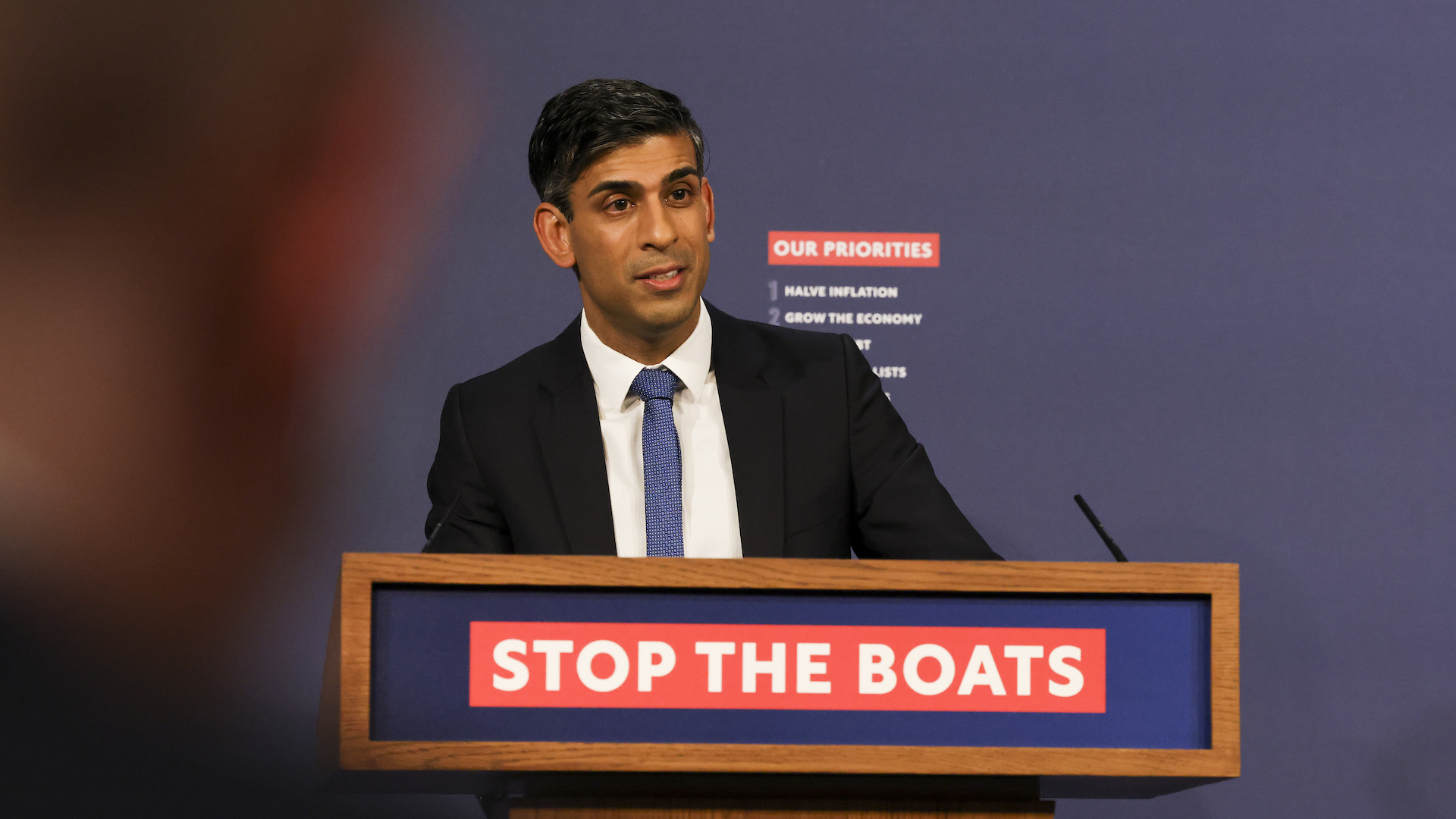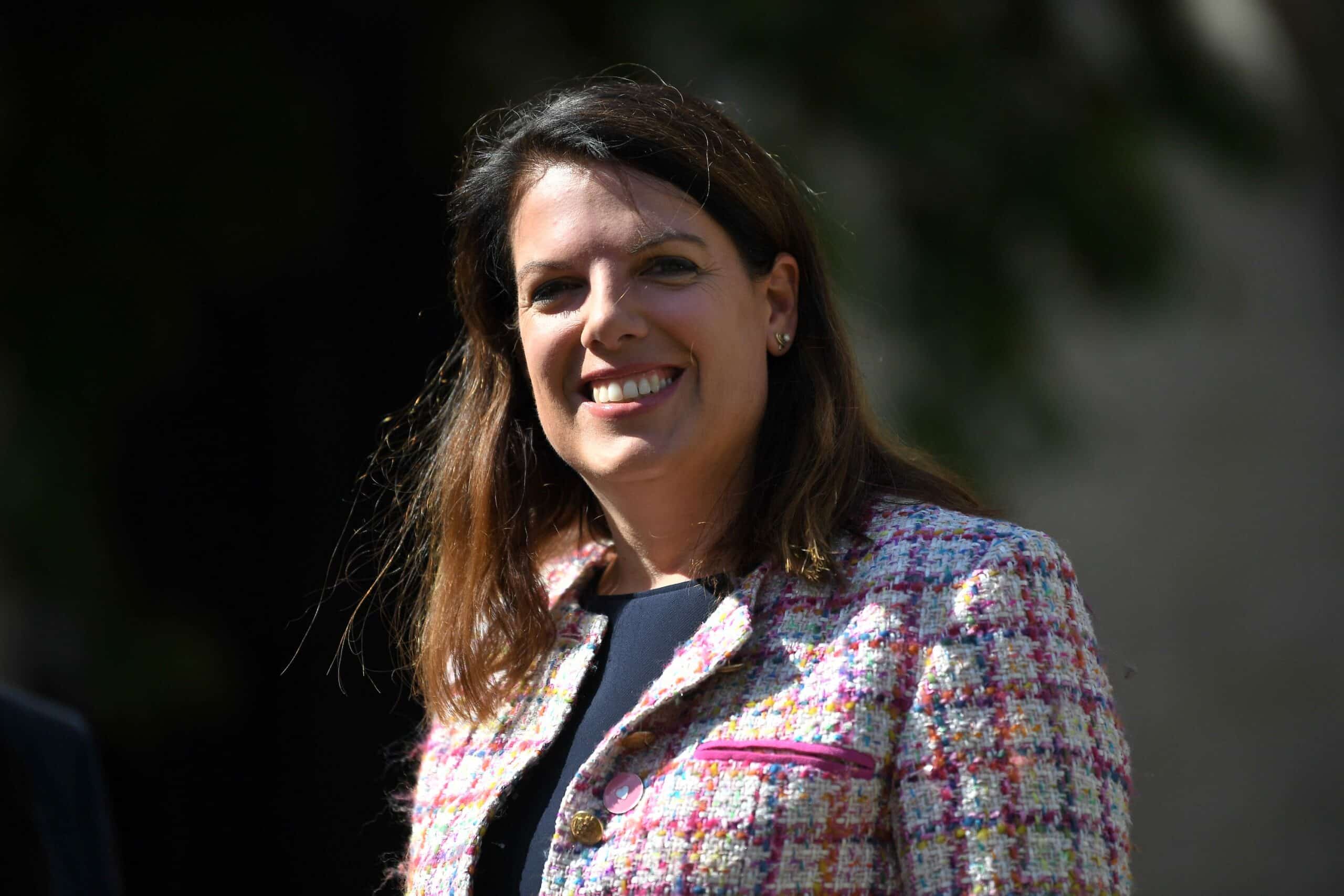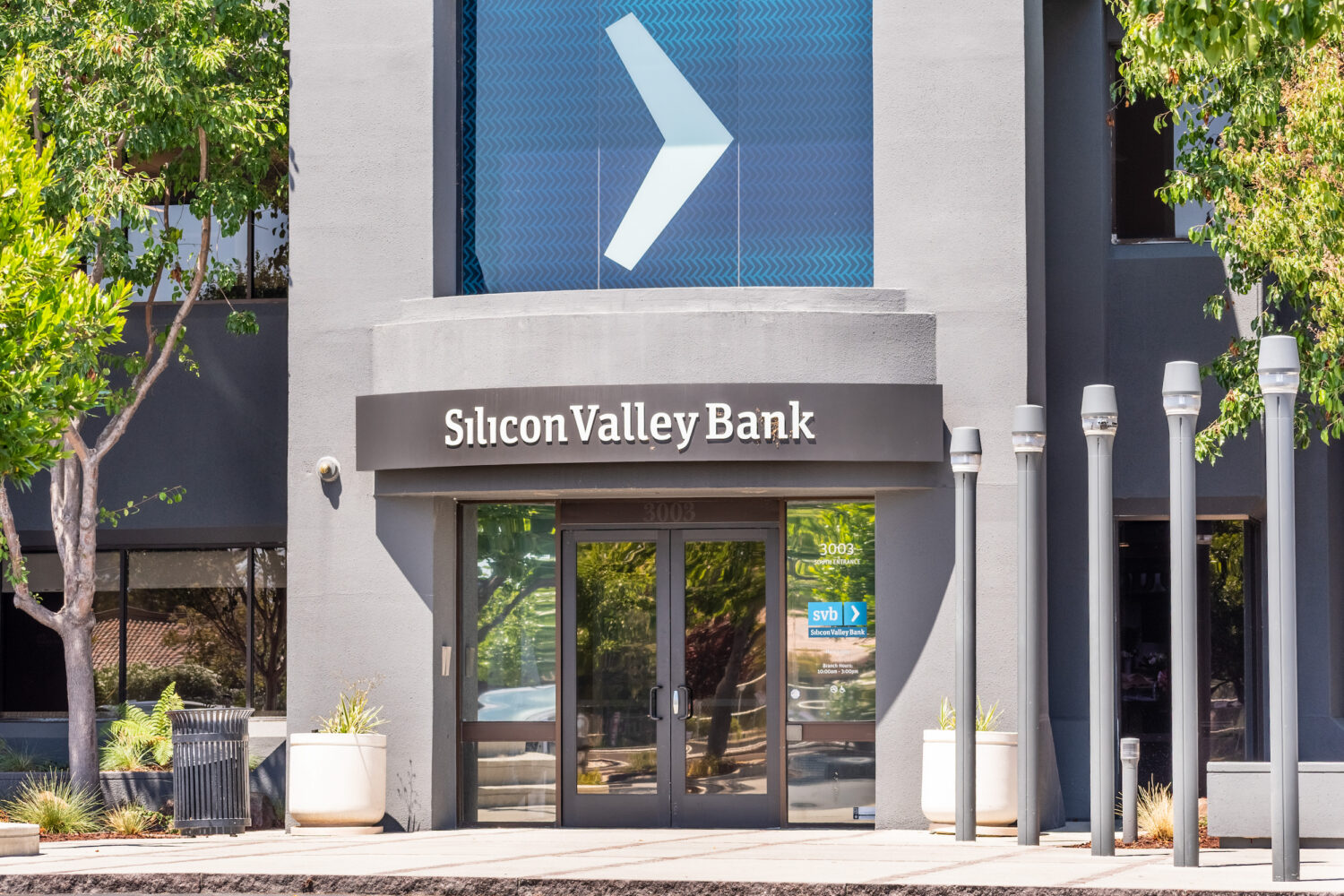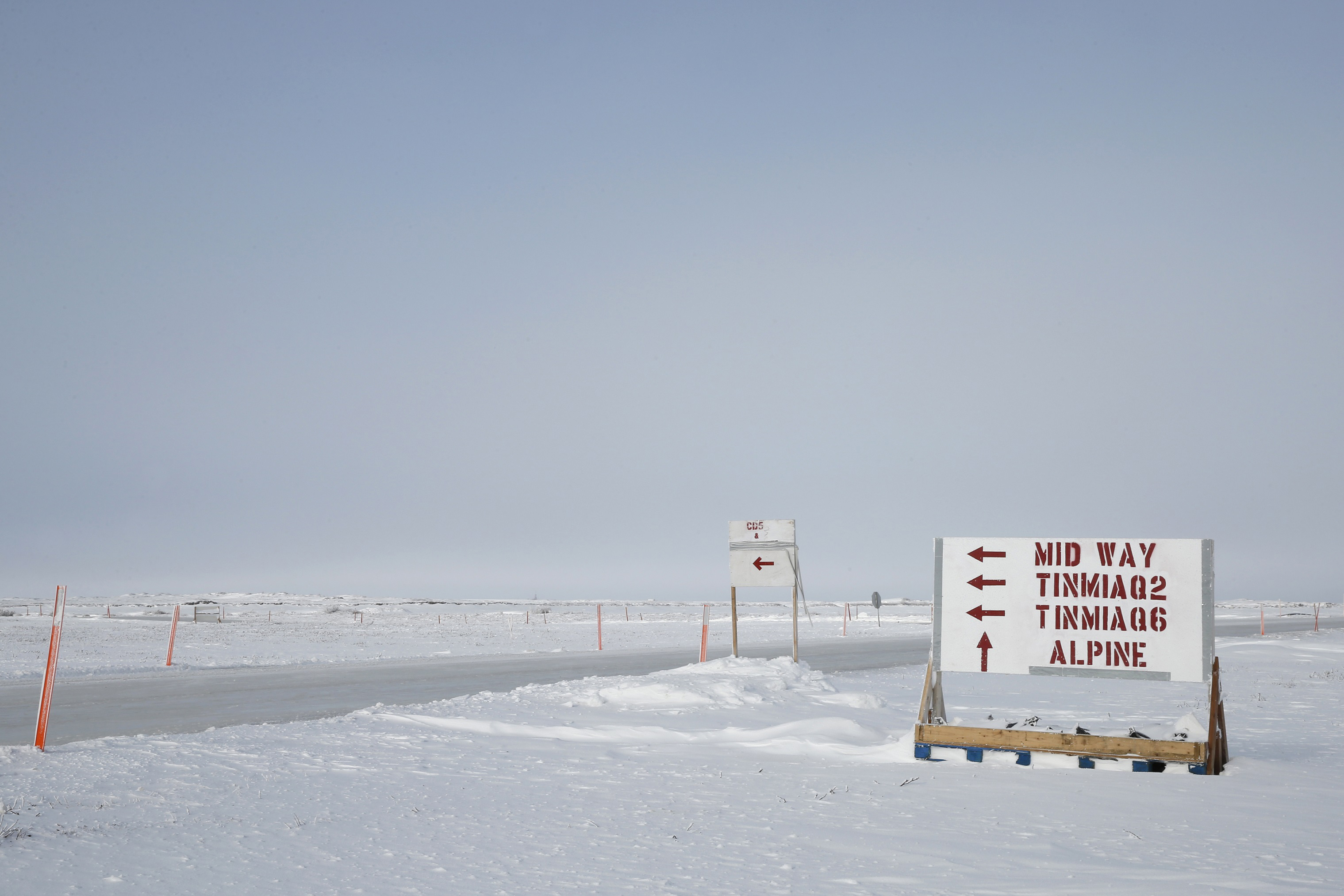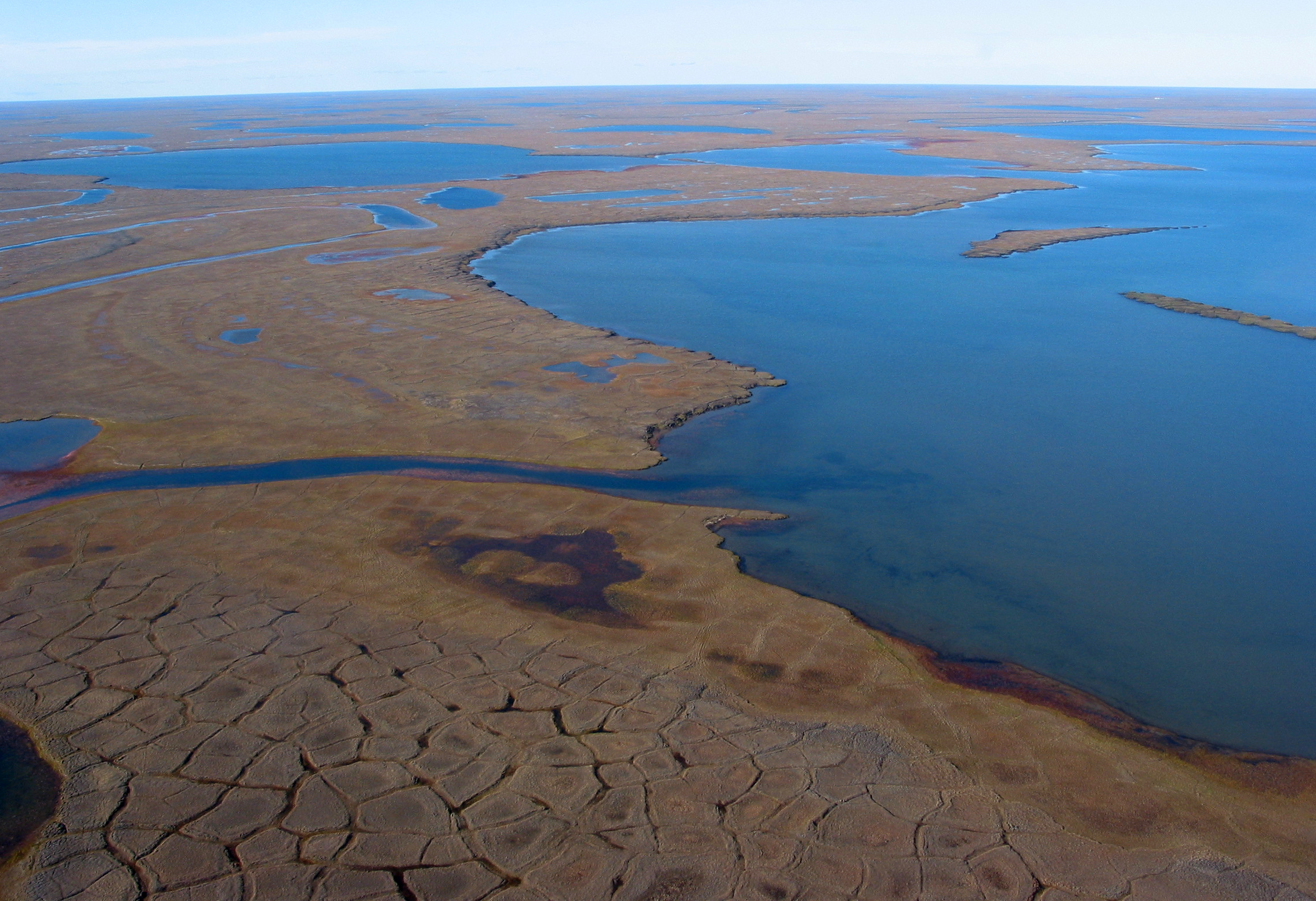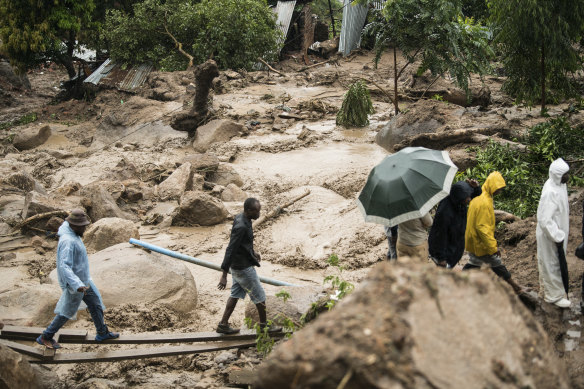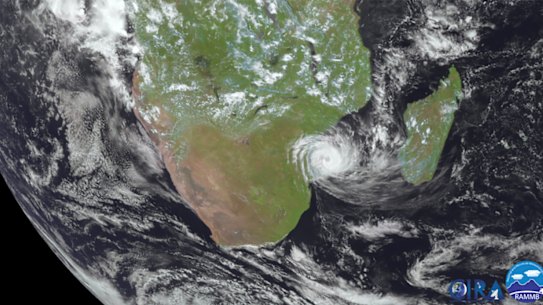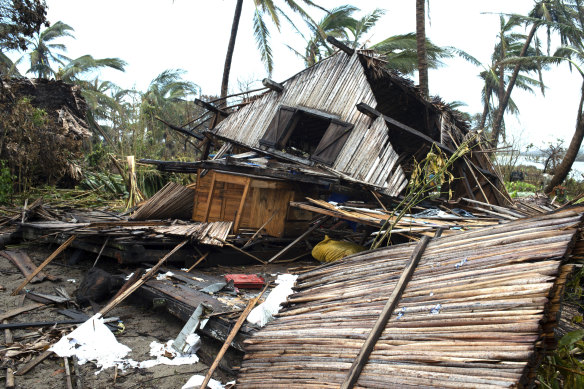BYKEN SWEET, CHRISTOPHER RUGABER, CHRIS MEGERIAN, CATHY BUSSEWITZ AND THE ASSOCIATED PRESS

President Joe Biden speaks about the banking system in the Roosevelt Room of the White House, Monday, March 13, 2023 in Washington.
AP PHOTO/ANDREW HARNIK
President Joe Biden on Monday told Americans the nation’s financial systems were safe, seeking to project calm following the swift and stunning collapse of two banks that prompted fears of a broader upheaval.
“Your deposits will be there when you need them,” he said.
U.S. regulators closed the Silicon Valley Bank on Friday after it experienced a traditional bank run, where depositors rushed to withdraw their funds all at once. It is the second largest bank failure in U.S. history, behind only the 2008 failure of Washington Mutual. But the financial bloodletting was swift; New York-based Signature Bank also failed.
The president, speaking from the White House shortly before a trip to the West Coast, said he’d seek to hold those responsible accountable, and pressed for better oversight and regulation of larger banks. And he promised no losses would be borne by taxpayers.
“We must get the full accounting of what happened,” he said. “Americans can have confidence that the banking system is safe.”
Biden also said management of the banks should be fired. “If the bank is taken over by the FDIC, the people running the bank should not work there anymore,” he said, referring to the Federal Deposit Insurance Corp., the agency responsible for ensuring the stability of the banking system.
At more than $110 billion in assets, Signature Bank is the third-largest bank failure in U.S. history. Another beleaguered bank, First Republic Bank, announced Sunday that it had bolstered its financial health by gaining access to funding from the Fed and JPMorgan Chase.
The developments left markets jittery as trading began Monday. The Asian and European markets fell and while U.S. markets traded higher, shares in midsized commercial banks were hammered despite assurances from Biden.
The Bank of England and U.K. Treasury said early Monday that they had facilitated the sale of a Silicon Valley Bank subsidiary in London to HSBC, Europe’s biggest bank, ensuring the security of 6.7 billion pounds ($8.1 billion) of deposits.
In an effort to shore up confidence in the banking system, the Treasury Department, Federal Reserve and FDIC said Sunday that all Silicon Valley Bank clients would be protected and able to access their money.
“This step will ensure that the U.S. banking system continues to perform its vital roles of protecting deposits and providing access to credit to households and businesses in a manner that promotes strong and sustainable economic growth,” the agencies said in a joint statement.
Under the plan, depositors at Silicon Valley Bank and Signature Bank, including those whose holdings exceed the $250,000 insurance limit, will be able to access their money on Monday.
Britain also moved quickly, working throughout the weekend to arrange the sale of Silicon Valley Bank UK Ltd., the California bank’s British arm, for the nominal sum of one pound.
While the bank is small, with less than 0.2% of U.K. bank deposits according to central bank statistics, it had a large role in financing technology and biotech startups that the British government is counting on to fuel economic growth.
Jeremy Hunt, Britain’s Treasury chief, said some of the country’s leading tech companies could have been “wiped out.”
“When you have very young companies, very promising companies, they’re also fragile,” Hunt told reporters, explaining the why authorities moved so quickly. “They need to pay their staff and they were worried that as of 8 a.m. this morning, they might literally not be able to access their bank account.”
He stressed that there was never a “systemic risk” to Britain’s banking system.
Silicon Valley Bank began its slide into insolvency when it was forced to dump some of its treasuries at at a loss to fund its customers’ withdrawals. Under the Fed’s new program, banks can post those securities as collateral and borrow from the emergency facility.
The Treasury has set aside $25 billion to offset any losses incurred. Fed officials said, however, that they do not expect to have to use any of that money, given that the securities posted as collateral have a very low risk of default.
Though Sunday’s steps marked the most extensive government intervention in the banking system since the 2008 financial crisis, the actions are relatively limited compared with what was done 15 years ago. The two failed banks themselves have not been rescued, and taxpayer money has not been provided to them.
Some prominent Silicon Valley executives feared that if Washington didn’t rescue their failed bank, customers would make runs on other financial institutions in the coming days. Stock prices plunged over the last few days at other banks that cater to technology companies, such as First Republic and PacWest Bank.
Among the bank’s customers are a range of companies from California’s wine industry, where many wineries rely on Silicon Valley Bank for loans, and technology startups devoted to combating climate change.
Tiffany Dufu, founder and CEO of The Cru, a New York-based career coaching platform and community for women, posted a video Sunday on LinkedIn from an airport bathroom, saying the bank crisis was testing her resiliency.
Given that her money was tied up at Silicon Valley Bank, she had to pay her employees out of her personal bank account. With two teenagers to support who will be heading to college, she said she was relieved to hear that the government’s intent is to make depositors whole.
“Small businesses and early-stage startups don’t have a lot of access to leverage in a situation like this, and we’re often in a very vulnerable position, particularly when we have to fight so hard to get the wires into your bank account to begin with, particularly for me, as a Black female founder,” Dufu said.
___
Rugaber and Megerian reported from Washington. Sweet and Bussewitz reported from New York. Associated Press Writers Hope Yen in Washington, Jennifer McDermott in Providence, Rhode Island, and Danica Kirka in London contributed to this report.
